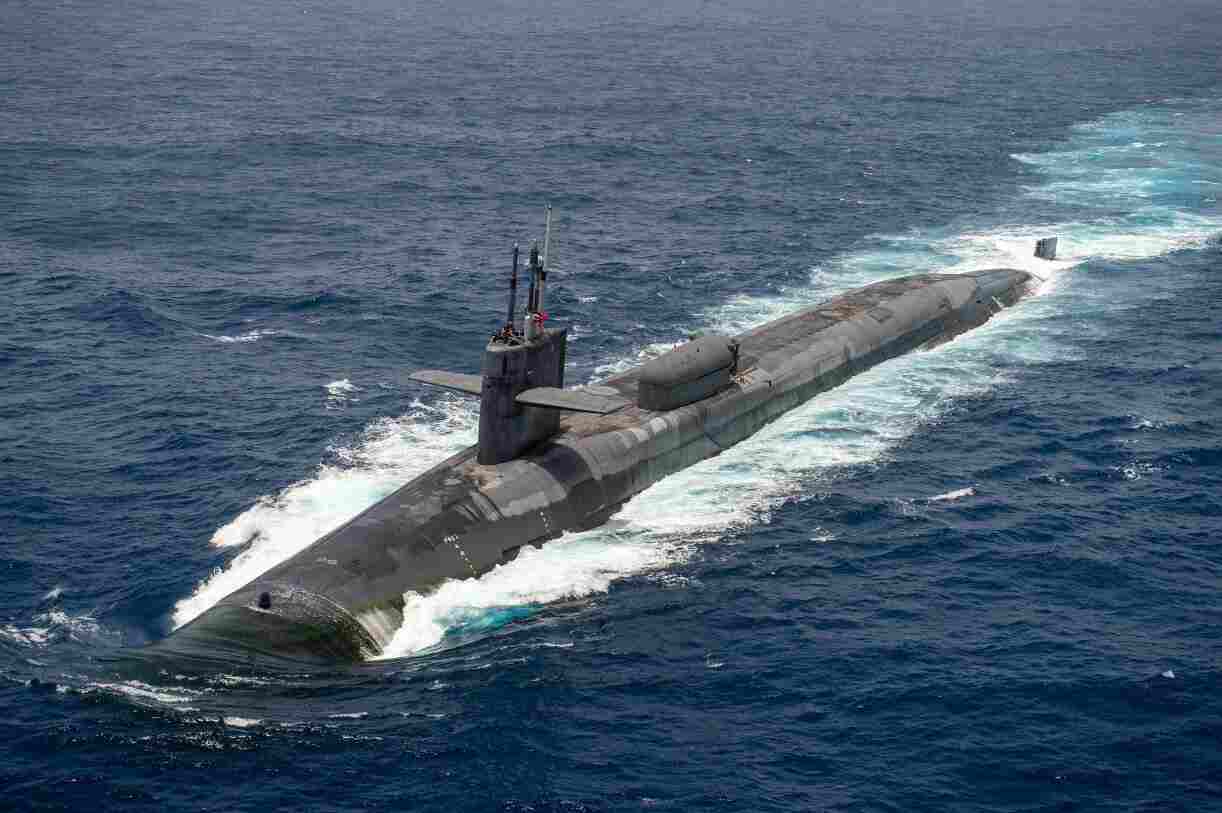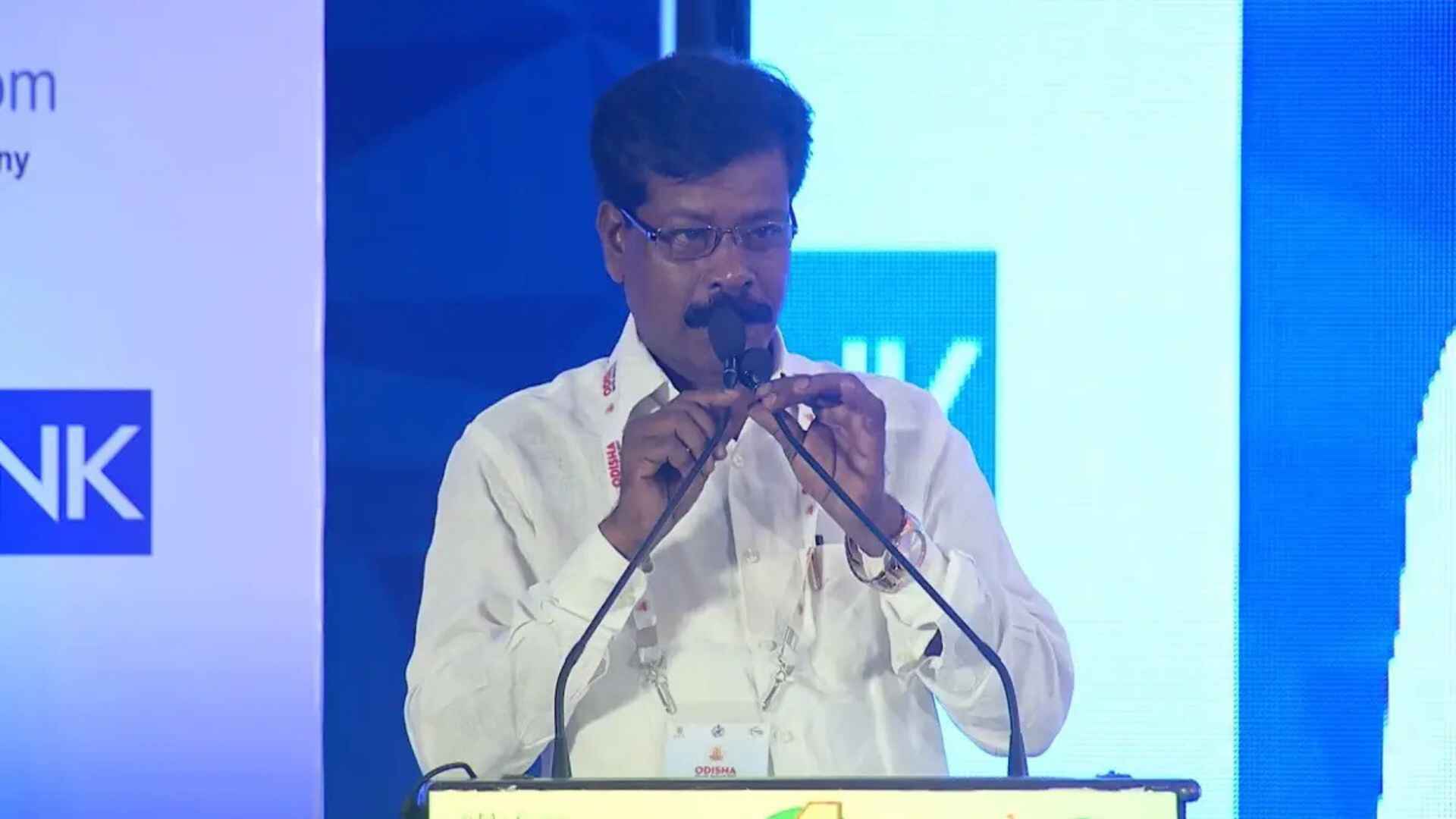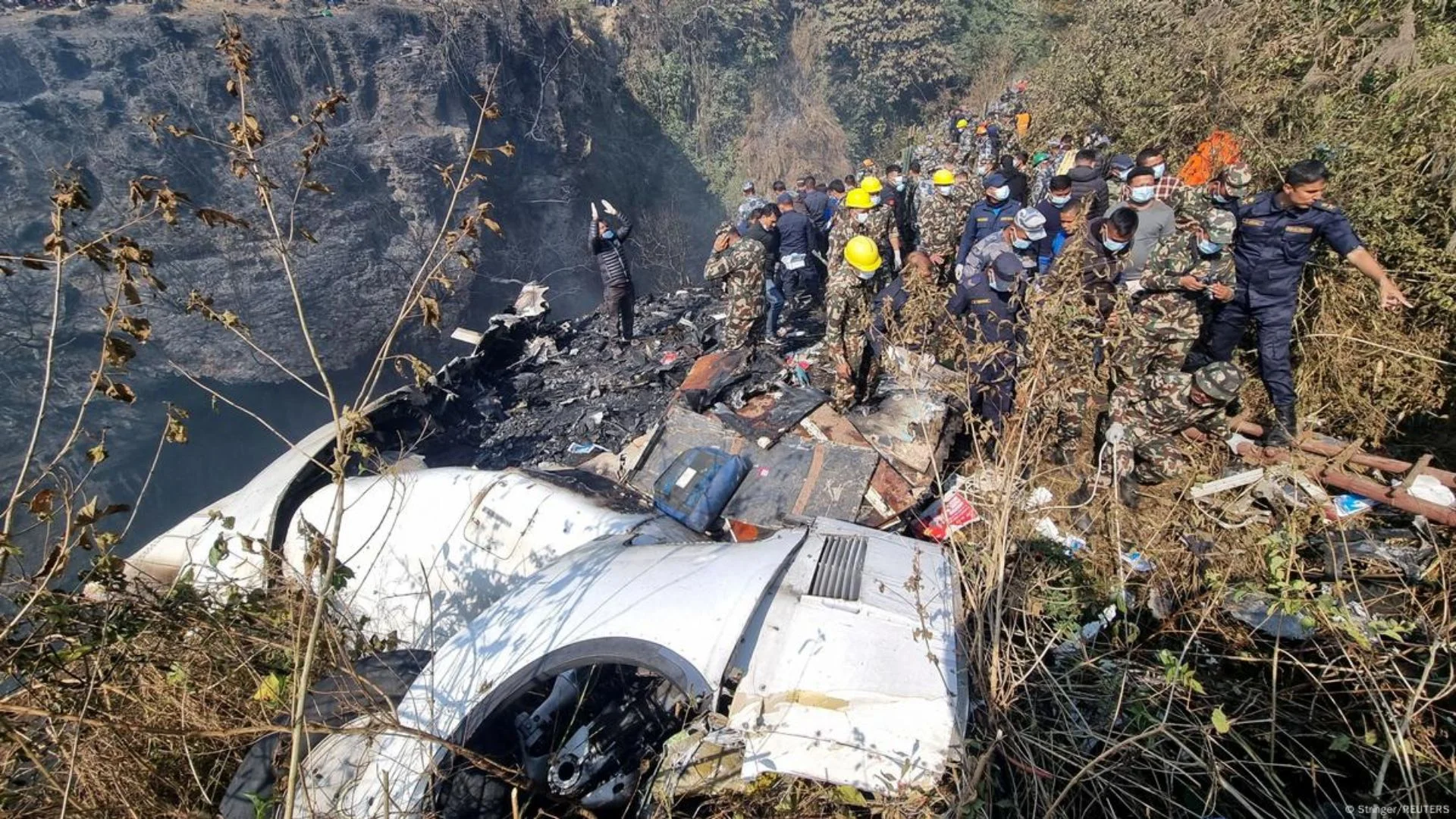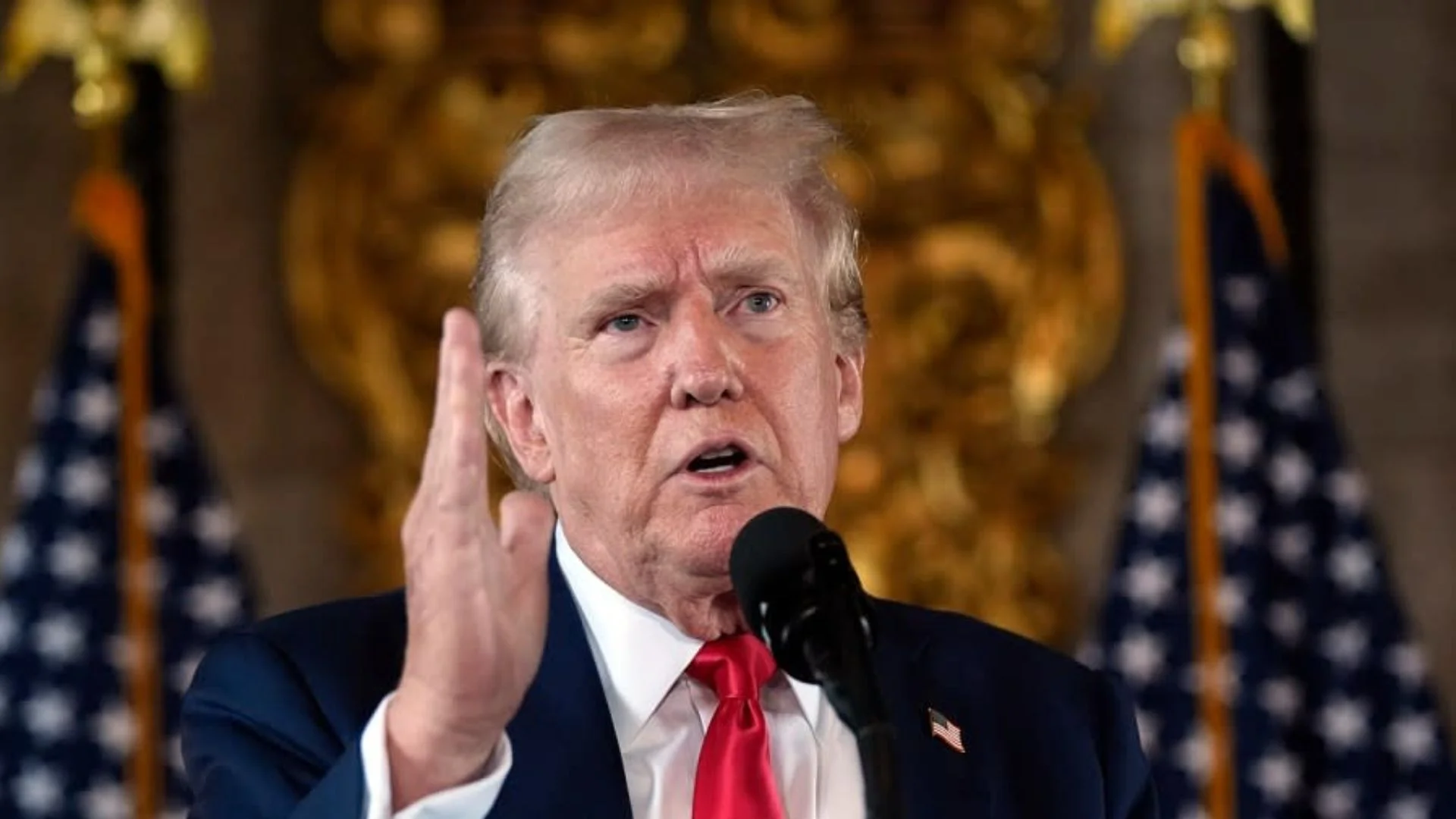With the increasing presence of Chinese military vessels in the Indian Ocean—an average of 11 per month since 2023—the Modi government has approved the construction of two nuclear-powered attack submarines, signaling a shift toward sub-surface deterrence over the acquisition of a third aircraft carrier, which is more vulnerable to Chinese long-range missiles.
India’s focus on nuclear submarines comes in response to China’s growing naval activity in the region. Currently, Chinese surveillance ship *Xiang Yang Hong 3* is positioned off the coast of Chennai in the Bay of Bengal, with the ballistic missile tracker *Yuan Wang 7* near Mauritius. On average, the Indian Ocean Region (IOR) sees seven to eight People’s Liberation Army Navy (PLAN) warships and three to four quasi-military ships, with these numbers expected to rise as China plans long-range patrols for its carrier-based task forces.
To counter this, India already has two nuclear ballistic missile submarines patrolling the Indo-Pacific, with the third, *INS Aridhaman*, expected to be commissioned next year. While *INS Arihant* carries shorter-range K-15 nuclear ballistic missiles (750 km), its successors are equipped with a mix of K-15 and 3,500 km range K-4 missiles, providing greater strategic reach.
On the nuclear-powered attack submarine front, the Indian Navy is set to receive its second Akula-class submarine on lease from Russia by 2028, although delays have occurred due to the war in Ukraine. India is pressing Moscow to ensure delivery by late 2027.
The approval of these submarines reflects a strategic shift, with China now seen as the principal maritime threat, replacing Pakistan in this regard. The Chinese aggression in eastern Ladakh in 2020 has underscored the need for enhanced sea deterrence, as key Indian trade routes pass through waters off Lakshadweep and the Andaman and Nicobar Islands.
In addition to its nuclear submarine plans, the Indian Navy will acquire three more advanced Kalvari (Scorpene) class diesel-electric submarines, primarily to counter regional threats and position Mazagon Dockyards Limited as a hub for exporting Scorpene-class vessels in partnership with France.
This strategic emphasis on nuclear-powered submarines highlights India’s focus on countering China’s growing influence in the Indo-Pacific region.







